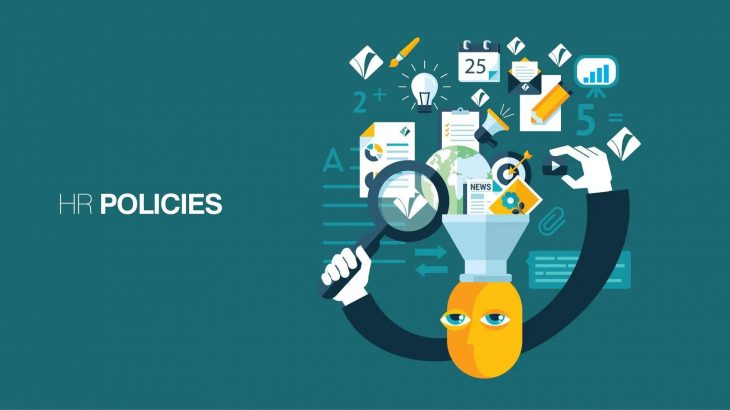
Memory Nguwi HUMAN resources policies and procedures refer to a set of core principles or philosophies about how an organisation wants to manage the various facets of its human resources practices and how such practices would be implemented practically.
Put differently, human resources policies embody the beliefs an organisation has about how it should manage human resources practices.
The procedures accompanying such policies are an instruction to the managers on how to implement the policies or comply with them. They are often written as step-by-step logical guidelines on how managers implement the policies.
The policy and procedures manual is a comprehensive roadmap the management team may follow in its day-to-day human resources administration. It explains the “why,” “when,” and “where” of all of the company’s human resources policy and procedures.
Human resources policies provide a documented direction for how a wide variety of human resources issues should be addressed within an organisation.
They comprise a statement of fundamental concepts and the rights and obligations of employees and supervisors. One advantage of having human resources policies and procedures is ensuring fairness, equity, and uniformity in applying human resources practices in an organisation.
They also can aid in the protection of the organisation against legal claims. Despite this, the most important factor in determining a policy’s efficacy is not how well it is drafted but how effectively it is communicated and implemented, particularly by the target audience of such policies; the line managers.
The human resources policies and procedures are always developed based on what the organisation wants and how the human resources can contribute to achieving such goals.
- Chamisa under fire over US$120K donation
- Mavhunga puts DeMbare into Chibuku quarterfinals
- Pension funds bet on Cabora Bassa oilfields
- Councils defy govt fire tender directive
Keep Reading
I want to emphasise that the human resources policies and procedures are developed for the managers. They guide managers on how they can comply with the core human resources practices that the organisation aspires for.
The same human resources policies and procedures, when translated for the benefit of the generality of the staff members, are called a Staff Handbook.
They are a summarised version of the human resources policies and procedures. The purpose of a Staff Handbook is to give employees a glimpse of the various policies in the organisation and how employees can benefit.
Why policies , procedures important?
Human resources policies and procedures provide a systematic approach to human resource administration (good for all supervisors and managerial guidance).
The policy manual serves as a communication tool for these members of management, helping to explain rules and procedures. The human resources policy manual is a book that managers may use to help them implement corporate policies.
The policy document comprises extensive, detailed human resources policies and procedures covering all stages of human resource management.
Human resources professionals are responsible for providing direction and assistance to employees and ensuring that the company meets its goals and objectives.
HR policies and procedures help an organisation operate efficiently and effectively while complying with workplace activities’ laws and regulations.
When human resources policies and procedures are developed well, it minimises non-compliance with statutory requirements and internal guidelines.
When employees have questions about their rights or the procedures for a given problem, they usually turn to their human resources department.
Other areas where human resources policies and procedures are crucial include shaping an organisation’s culture, hiring practices, and employee relationships.
They define the rules and regulations that help ensure employees’ safety, comfort, and productivity. They also help keep employees in the loop and motivated, providing them with information about their workplace and the organisation’s direction.
HR policies and procedures will likely increase trust in an organisation’s human resources practices. Employees would know upfront what to expect in a particular situation or incidence.
Managers are likely to have confidence when dealing with human resources issues. It frees the time of human resources professionals as most of the human resources issues can be handled at the line manager level within the guidelines provided in the human resources policies and procedures.
In addition, HR policies can speed the decision-making process by ensuring that clear advice is easily available to satisfy a variety of issues.
The good news is that significant research points to the positive business impact of well-drafted and communicated human resources policies and procedures.
To be continued next week
- Nguwi is an occupational psychologist, data scientist, speaker and managing consultant at Industrial Psychology Consultants (Pvt) Ltd, a management and HR consulting firm. https://www.linkedin.com/in/memorynguwi/ Phone +263 24 248 1 946-48/ 2290 0276, cell number +263 772 356 361 or e-mail: [email protected] or visit ipcconsultants.com.











